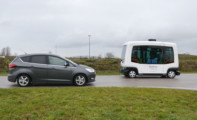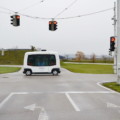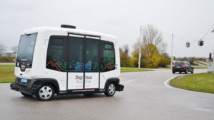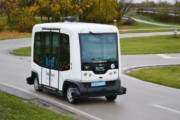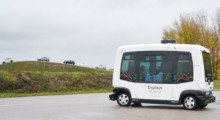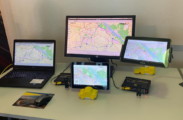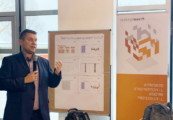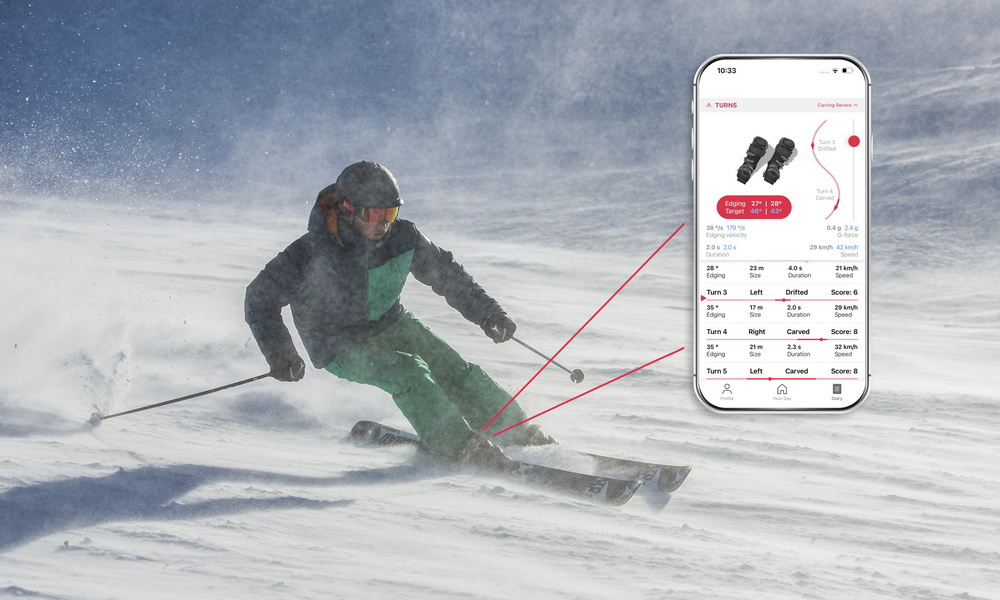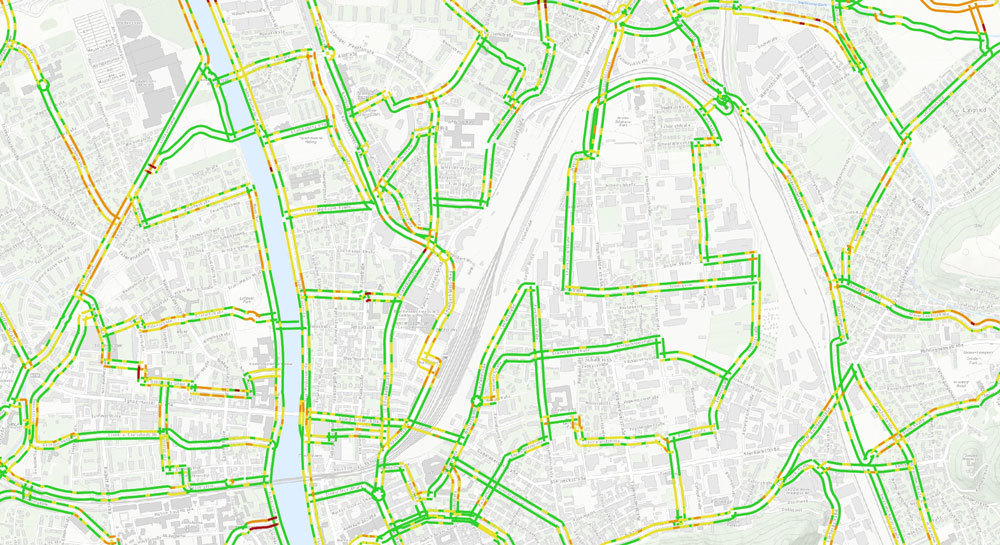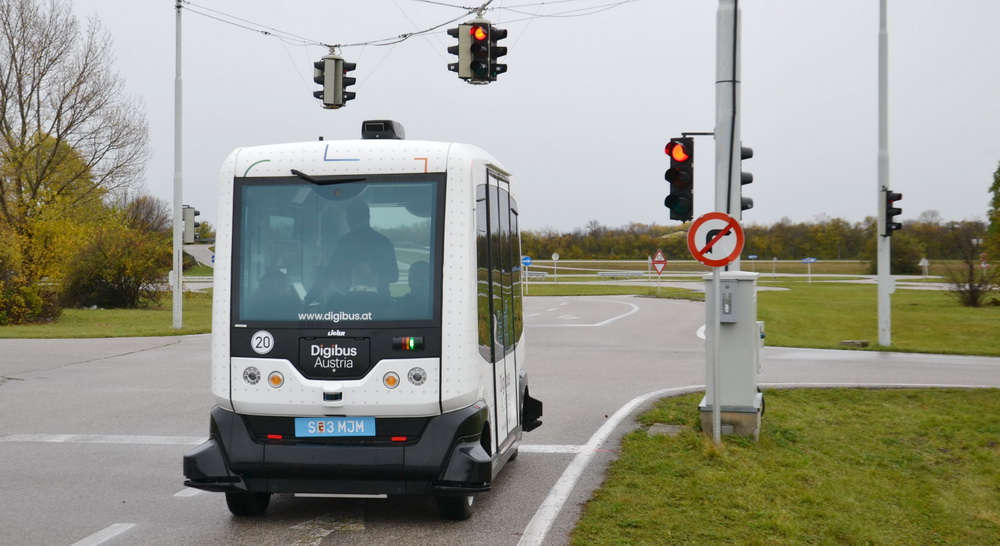
Digibus® Demo Day at the ÖAMTC Driving Technology Center Teesdorf
On November 13, 2019, the 1st Digibus® Demoday, an information and networking event for a trade audience, took place at the ÖAMTC Driving Technology Center Teesdorf. In addition to Digibus® demo rides, newly developed and proven technologies for passenger communication, V2X communication and high-precision positioning on site could be tried out and experienced.
The following demos were presented on site by Digibus® project partners:
-
V2X Communication
Project partner Kapsch TrafficCom AG presented a V2X communication for networked vehicles based on ITS-G5: V2X enables the Digibus® to communicate with its environment. So sends e.g. a V2X roadside unit, which was integrated into a traffic light system, the traffic light phase to the V2X onboard unit in the Digibus®. Thus, the Digibus® knows whether it is red (bus stops) or green (bus can drive). In addition, a defective vehicle was simulated as an obstacle. The vehicle was also equipped with a V2X onboard unit and was able to warm the approaching bus about the breakdown. Likewise, road conditions can be registered in the system. These are all important prerequisites for a successful orientation in mixed traffic, if the Digibus® should one day be completely diverless.
-
Passenger Communication
In a driverless vehicle, in particular, communication with the passengers on board is important if no driver is available for all sorts of questions. Project partner Commend International presented a prototype of its chat bot, which passengers can use to request information both on the bus and at stops. He answers questions about timetables such as “When do the next buses or trains leave from stop XYZ?”, “How do I get to XYZ?” or “How many stops are there to station XYZ?”
-
High Precision Positioning
How do we ensure that a driverless vehicle drives reliably on the road and odes not stray from its route? Salzburg Research, together with project partner Kapsch rafficCom AG, presented a possibility for high-precision positioning. In the lead project Digibus® Austria, the transmission of correction data for high-precision GPS via ITS-G5 is tested. These correction data provided by the Roadside Units make centimetre-accurate positioning possible.
Following these demos, AustriaTech organized panel discussions and networking with Austrian research initiatives currently working on automated driving.
Photos: (c) Salzburg Research, BOKU Wien – Roman Klementschitz
